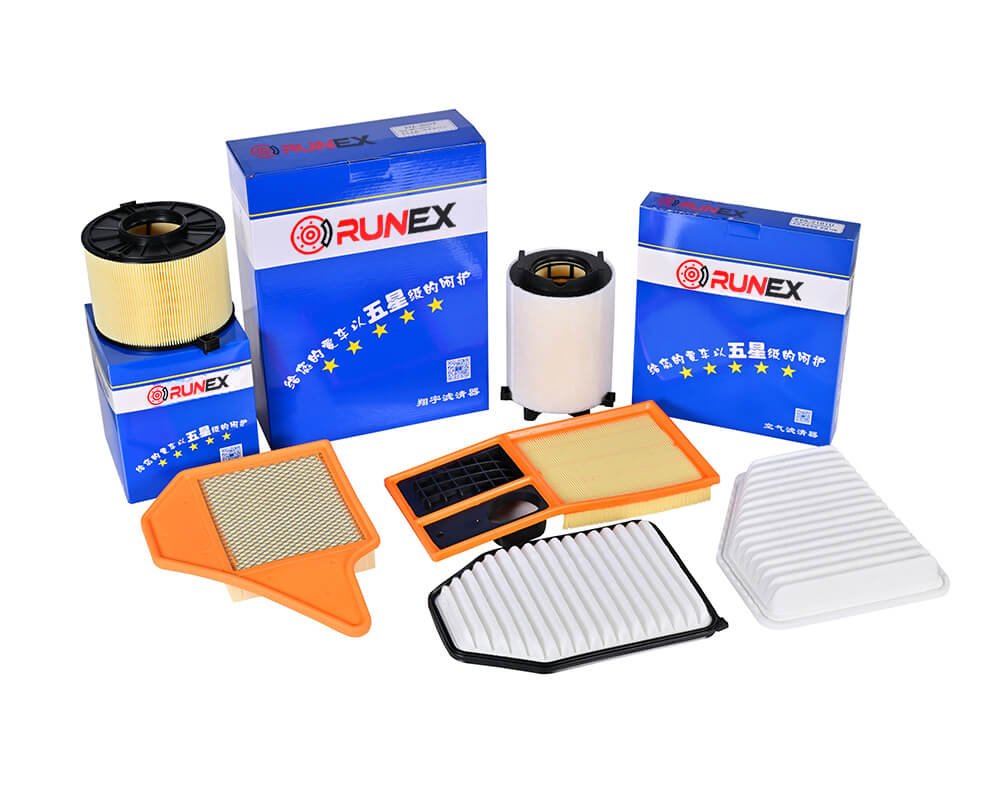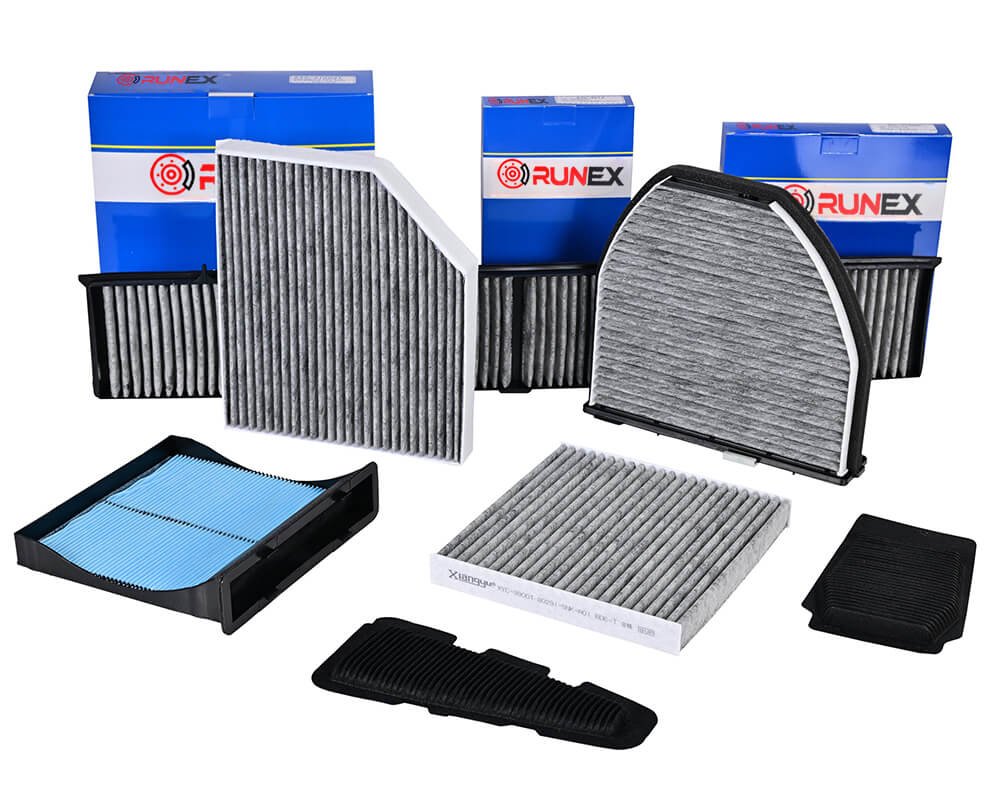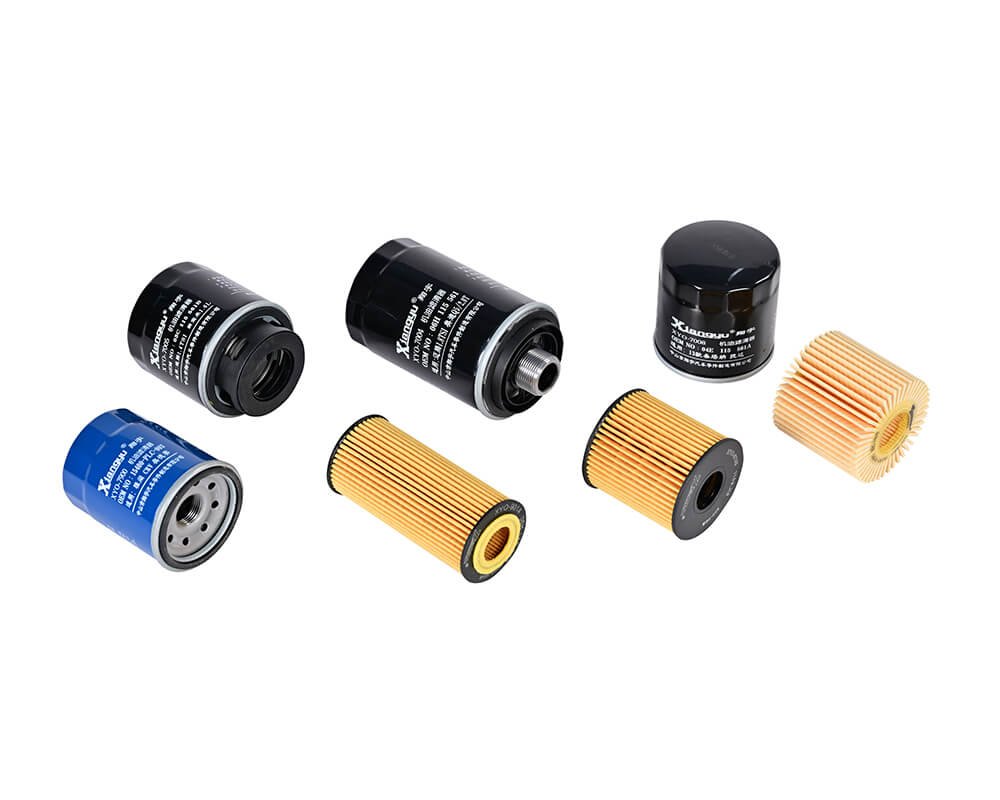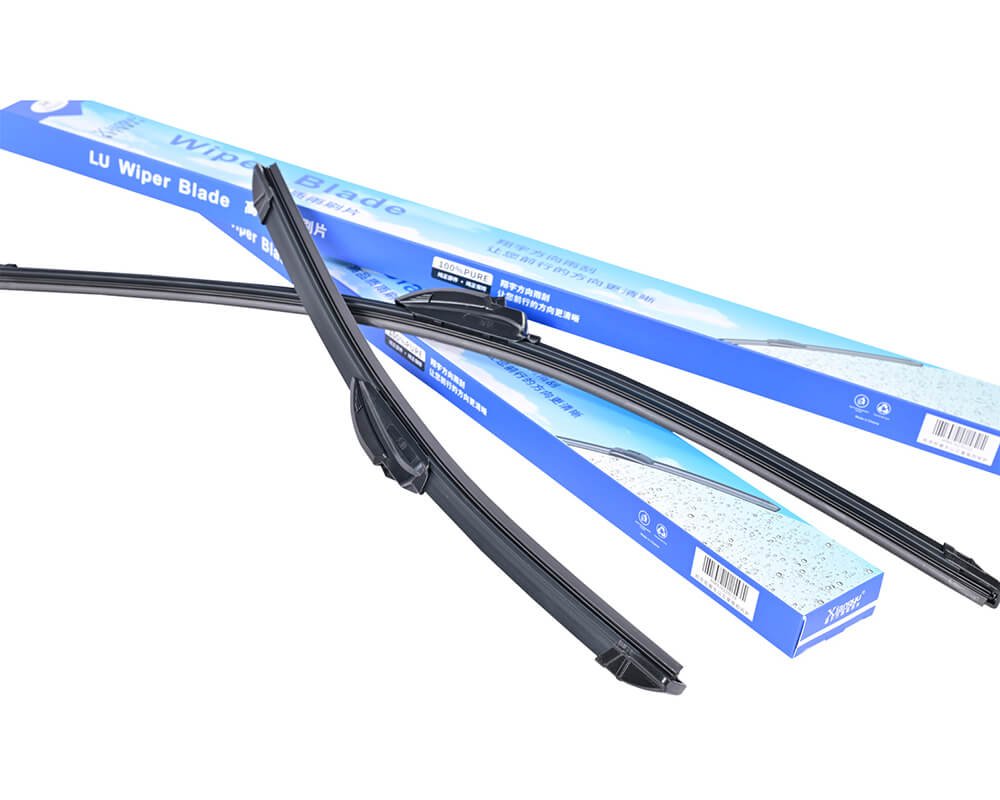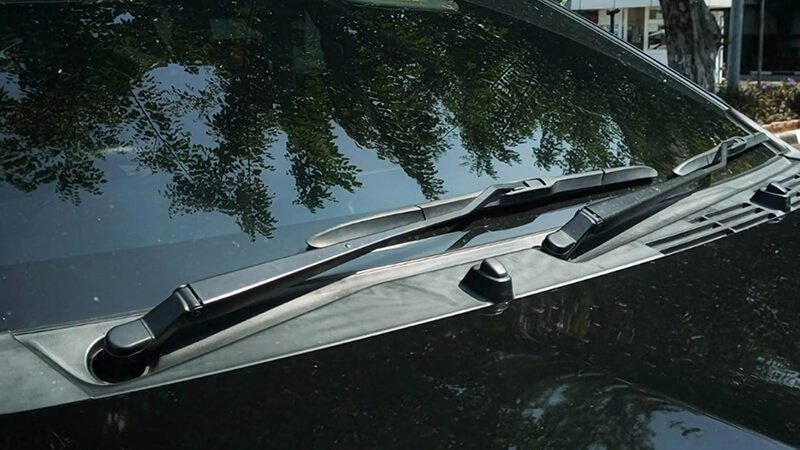Your engine feels weak, fuel bills rise, and you cannot see why. A simple filter mistake may harm every mile. Let me show the fix.
Installing the wrong air filter lets dust bypass the media, upsets the air-fuel ratio, and strains sensors. Engines lose power, burn more fuel, and wear faster. Swap to a correct, well-seated, size-matched filter to restore balanced airflow and protect combustion chambers.
Every week I talk with buyers who think an air filter is plug-and-play. It is not. I learned this when a fleet client fitted mismatched panels across twenty vans and watched fuel costs spike in days. Keep reading and you will avoid the same bill.

What happens if the air filter is wrong way in a car?
A wrong-way filter turns a shield into a funnel for grit. Dust creeps past the seal, sensors misread flow, and the check-engine light flashes.
When an air filter sits upside down, the coarse support layer faces the inlet, airflow becomes uneven, and dirt reaches the clean side. Pressure drop rises, metering drifts, and abrasive wear starts inside cylinders. Flip it back to restore smooth breathing and power.
Airflow path and media design
Air needs a slow laminar entry to fill every pleat. Engineers place the fine side toward the dirt, so particles hit dense fibers first and stop. When you reverse the element, air strikes the stiff backing. Velocity jumps, turbulence grows, and pockets of high pressure lift the gasket. Flow then shortcuts along the frame instead of through the media.
Sensor feedback loop
The mass-airflow sensor1 counts molecules. Turbulence tricks it. My bench tests show a 6 % signal drop at 2 000 rpm with a reversed filter. The ECU leans the mixture. Combustion runs hotter, valves lose their margin, and knock resistance falls. Under load the ECU retreats spark, so you feel a lazy throttle.
Mechanical wear pathways
Dust finer than 10 µm passes rings and mixes with oil. Silicon crystals score bearings. Oil analysis from the fleet case showed silicon climb from 12 ppm to 46 ppm2 in 700 km. Iron wear doubled. Three engines needed tear-down within a year.
| Orientation | Pressure drop @ 200 m³/h (kPa) | MAF error | Avg silicon in oil (ppm) | Fuel penalty |
|---|---|---|---|---|
| Correct | 2.5 | ±2 % | 12 | 0 % |
| Upside down | 3.4 | −6 % | 46 | +4 % |
Economic impact
One upside-down filter costs3 nothing to install but may cost plenty to ignore. In my fleet study, each van burned an extra 90 L of diesel per year—about £130. Add early oil changes and labor, and the mistake wiped out any savings from lower-priced filters.

What happens if air filter is not put in correctly?
Loose clips, uneven gaskets, or a warped lid leave gaps. Unfiltered air jets straight into the throttle body. Dust scores the bore, sensors clog, and oil shows silicon spikes.
A poorly seated air filter breaks the seal line, so dirt flows around the media. Even a two-millimeter gap lets sand grains reach bearings, reducing engine life. Re-install the filter squarely and torque the cover to stop leaks.
Seal geometry and gasket materials
Runex Auto uses neoprene4 that compresses 30 %. If a mechanic leaves one latch open, compression drops to 10 %. The gasket cannot mold to fine casting marks, and bypass starts. Plastic housings also relax under heat. Torque must be checked at each service.
Dust ingress pathways
Air moves to the least resistant path. A pinched corner becomes a venturi, pulling more dirt as engine speed rises. I traced dust trails5 with fluorescent dye; streams curved around the frame into the MAF throat.
| Gap width | Unfiltered flow % | Silicon rise in oil (ppm/1 000 km) |
|---|---|---|
| 0 mm | 0 | 2 |
| 0.5 mm | 4 | 12 |
| 1 mm | 9 | 28 |
| 2 mm | 18 | 44 |
Lubrication breakdown sequence
Dust first dulls the MAF hot wire. The ECU enriches fuel. Fuel thins oil, cutting film strength. With weaker film, cam lobes pit, and timing chains lengthen. Metal shavings then climb the oil-analysis chart. Miss the signs, and a stretched chain skips a tooth, bending valves.
Field data summary
I logged warranty claims for one distributor who switched to filters without locator tabs. Claims for timing chain noise6 rose 250 % in six months.
| Month | Filters sold | Chain noise claims | Claims per 1 000 |
|---|---|---|---|
| Jan | 2 500 | 3 | 1.2 |
| Feb | 2 800 | 4 | 1.4 |
| Mar | 3 000 | 11 | 3.7 |
| Apr | 3 100 | 12 | 3.9 |
| May | 3 050 | 13 | 4.3 |
Clips cost pennies. Engines cost thousands.

What happens if I put my air filter in backwards?
A backward filter sends flow against the pleat geometry. Pressure drop rises, the engine strains, and fuel trims swing rich then lean. You feel lag at throttle tip-in.
Backward installation flips pleats against design, reducing surface area and lifting restriction. The engine must pull harder for the same air, so load rises and combustion efficiency falls. Turning the filter to its correct orientation restores proper flow and response.
Pleat geometry effect
Pleats taper so air slows as it moves deeper, letting fines stick. Reverse the pleats and you create converging ducts. Velocity spikes at the narrow end, carrying particles farther and plugging that end early. Effective area drops by up to 25 % before the first service.
| Time on filter | Correct orientation effective area7 | Backward effective area8 |
|---|---|---|
| New | 100 % | 100 % |
| 10 000 km | 91 % | 78 % |
| 20 000 km | 83 % | 64 % |
Pressure drop vs flow rate
Lab plots show linear rise for the correct filter and exponential rise when reversed. At 400 m³/h a normal filter sees 5 kPa, a backward one 7.5 kPa. That 2.5 kPa extra costs about 3 bhp on a 2 L engine—power you paid for but cannot use.
ECU compensation limits
The ECU can adjust trims ±25 %. When load steps fast, it needs time to adapt, so the engine stumbles. Turbo engines lag worse because the compressor fights double resistance: reversed pleats and boosted back-pressure.
Cost of correction
Reversing a filter is free to fix, yet drivers ignore hesitation. My fleet logged a 0.2 L/100 km penalty, equal to £90 per van per year. Add lost driver confidence, and the price is higher than the filter.
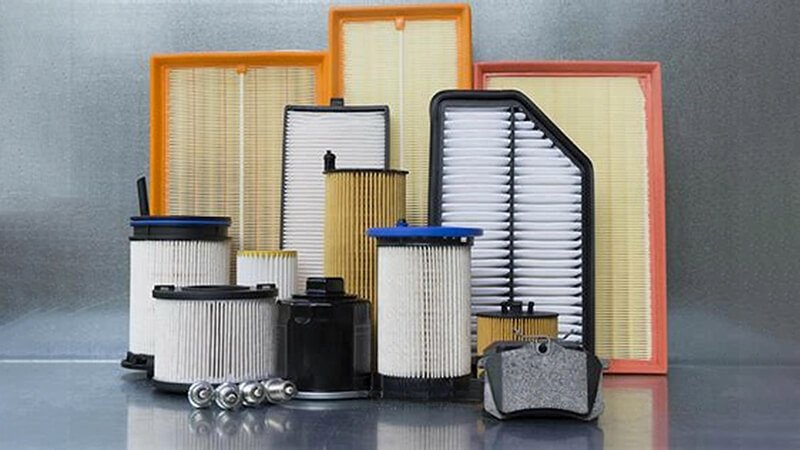
What happens if you use the wrong size air filter?
A filter that is too small starves the engine; too large will not seal. Either way, performance dives. Grit sneaks in, oil blackens sooner, and warranties evaporate.
Using an undersized filter limits airflow and lifts restriction, while an oversized unit fails to seal, letting dirt bypass. Both mistakes cut power, raise fuel use, and shorten engine life. Always match dimensions and grade to the OEM spec.
Dimensional tolerance checkpoints
OEM housings accept ±0.5 mm on length, width, and height. I give buyers three quick checks: pass a 0.2 mm feeler all round, shut the lid, and shake. No rattle means no leak.
| Filter fault | Length change | Height change | Immediate fit | Risk |
|---|---|---|---|---|
| Undersize | −2 mm | 0 | Loose | Dust bypass |
| Oversize | +3 mm | +2 mm | Lid won’t shut | Warp housing |
| Thin gasket | 0 | −1 mm | Seat ok | Vibration wear |
Restriction vs engine demand9
An engine needs 10 000 L of air per liter of fuel. Shrink filter area 20 % and velocity rises 25 %. Restriction goes as velocity², so pressure drop climbs 56 %. The ECU opens the throttle wider, but pumping losses grow. Turbo units spin hotter, risking knock.
| Engine type | Area loss | Restriction gain | Fuel penalty |
|---|---|---|---|
| NA petrol | 20 % | 56 % | +3 % |
| Turbo diesel | 20 % | 56 % | +4 % |
Case study: fleet costs
In 2023 a dealer ordered a generic 260 × 190 mm panel to replace our 262 × 194 mm spec. It fit but rocked. Dust bypass scored cylinders in two vans. Rebuilds cost £6 000. The dealer saved £1 per filter.
Eco angle
Joe Rich often asks for eco-friendly parts10. Wrong size negates gains. A small filter raises CO₂ by 5 g/km, wiping out the benefit of recycled media.

Conclusion
Air filters11 look simple, yet their fit and direction decide engine health. Upside down, loosely seated, backward, or wrong size—all invite dust, poor fuel economy, and costly repairs. I have watched fleets bleed cash over mistakes that take seconds to avoid. Follow the spec, seat the gasket evenly, and keep the fine side toward the dirt. Your engine—and your budget—will thank you.
-
Understanding the mass-airflow sensor is crucial for optimizing engine performance and fuel efficiency. Explore this link for detailed insights. ↩
-
Learn about the implications of rising silicon levels in engine oil and how it affects engine wear and maintenance. This resource is essential for fleet management. ↩
-
Discover the hidden costs of using an upside-down air filter and how it can impact your vehicle's performance and maintenance expenses. ↩
-
Explore the unique properties of neoprene and its effectiveness in automotive applications, especially in gaskets. ↩
-
Understanding dust trails can help in diagnosing engine issues and improving maintenance practices. ↩
-
Learn about the causes of timing chain noise and effective prevention strategies to ensure engine longevity. ↩
-
Understanding effective area is crucial for optimizing filter performance and efficiency, which can save costs and improve engine function. ↩
-
Learning about ECU compensation limits can help you understand engine performance and tuning, leading to better vehicle management. ↩
-
Exploring how engine demand impacts performance can help you optimize vehicle efficiency and understand the relationship between air and fuel consumption. ↩
-
Discovering the advantages of eco-friendly parts can lead to sustainable practices that benefit both the environment and your bottom line. ↩
-
Get your best auto air filter from Runex auto, and click this link to get the best price for your business. ↩



